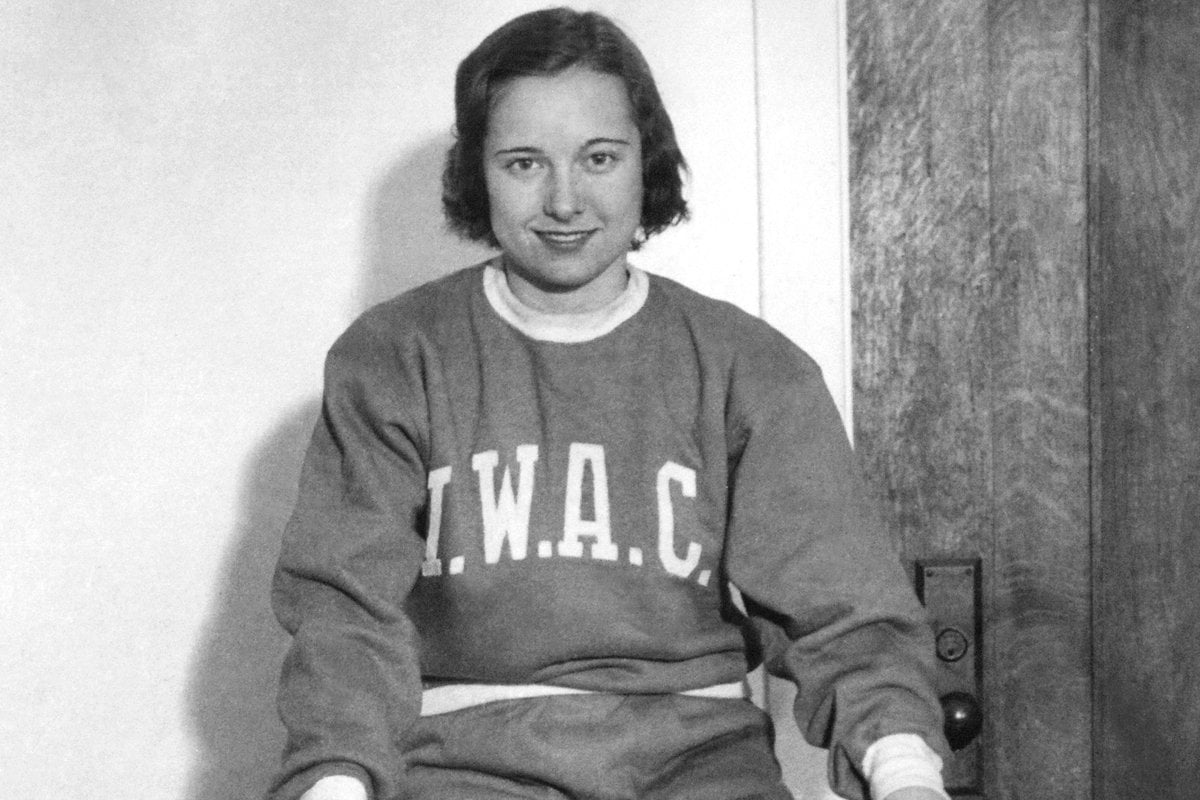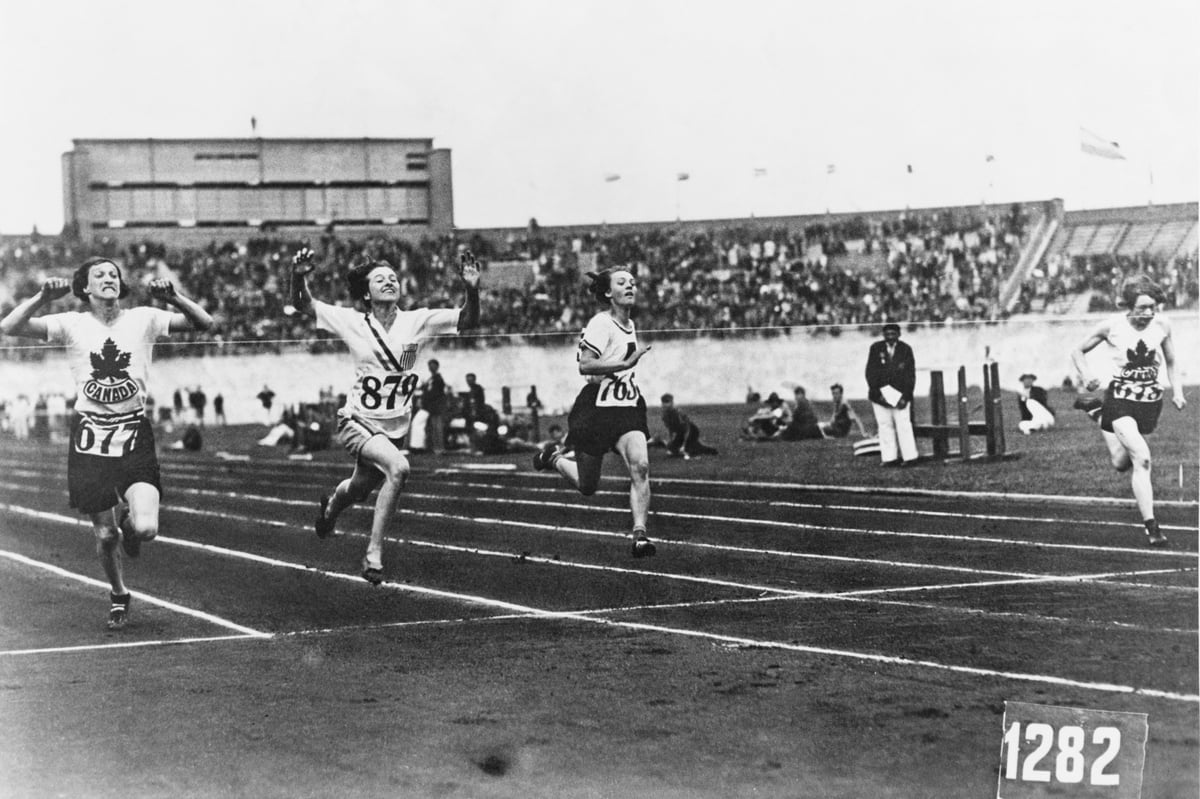
Mamamia's Extraordinary Stories series deep dives into the kind of tales you will keep thinking about long after you've read them. From unexplained mysteries to moments that have changed history, Extraordinary Stories will take you down the rabbit hole and make you never want to leave.
The year was 1928.
Betty Robinson, a 16-year-old student at the Thornton Township High School, was running for the train.
It was bitterly cold and Charles Price, a science teacher at the Illinois high school, was certain that Robinson wasn't going to make it.
She had simply left it too late.
Watch: Meet MPLus. It’s a space for women who want more from us to get extra, closer. Post continues below.
But when Price got onto the train, he was surprised to see Robinson sit down right next to him.
It was a moment that kick-started Betty Robinson's path to becoming the fastest woman in the world.
***
Betty Robinson knew she was a fast runner. But she had never considered the possibility of running competitively.

